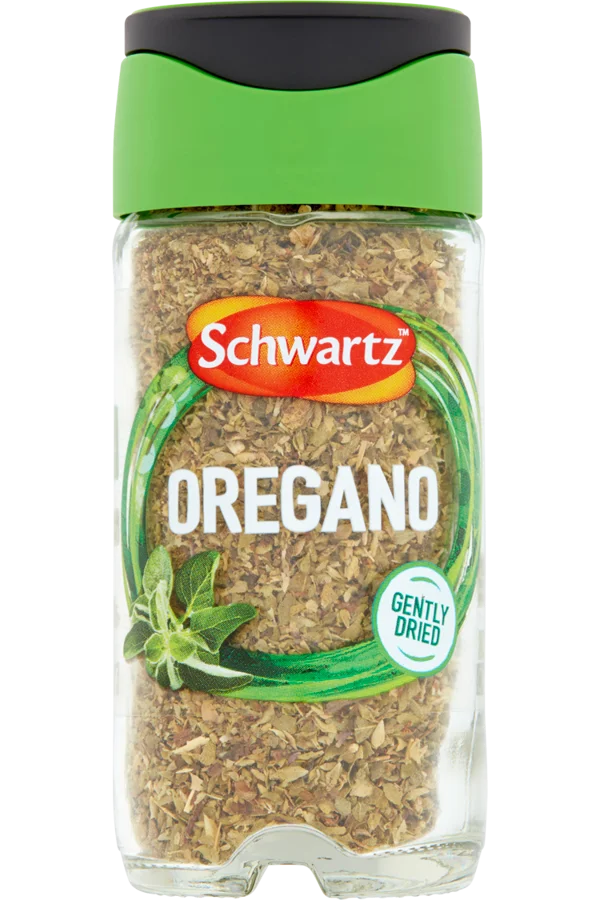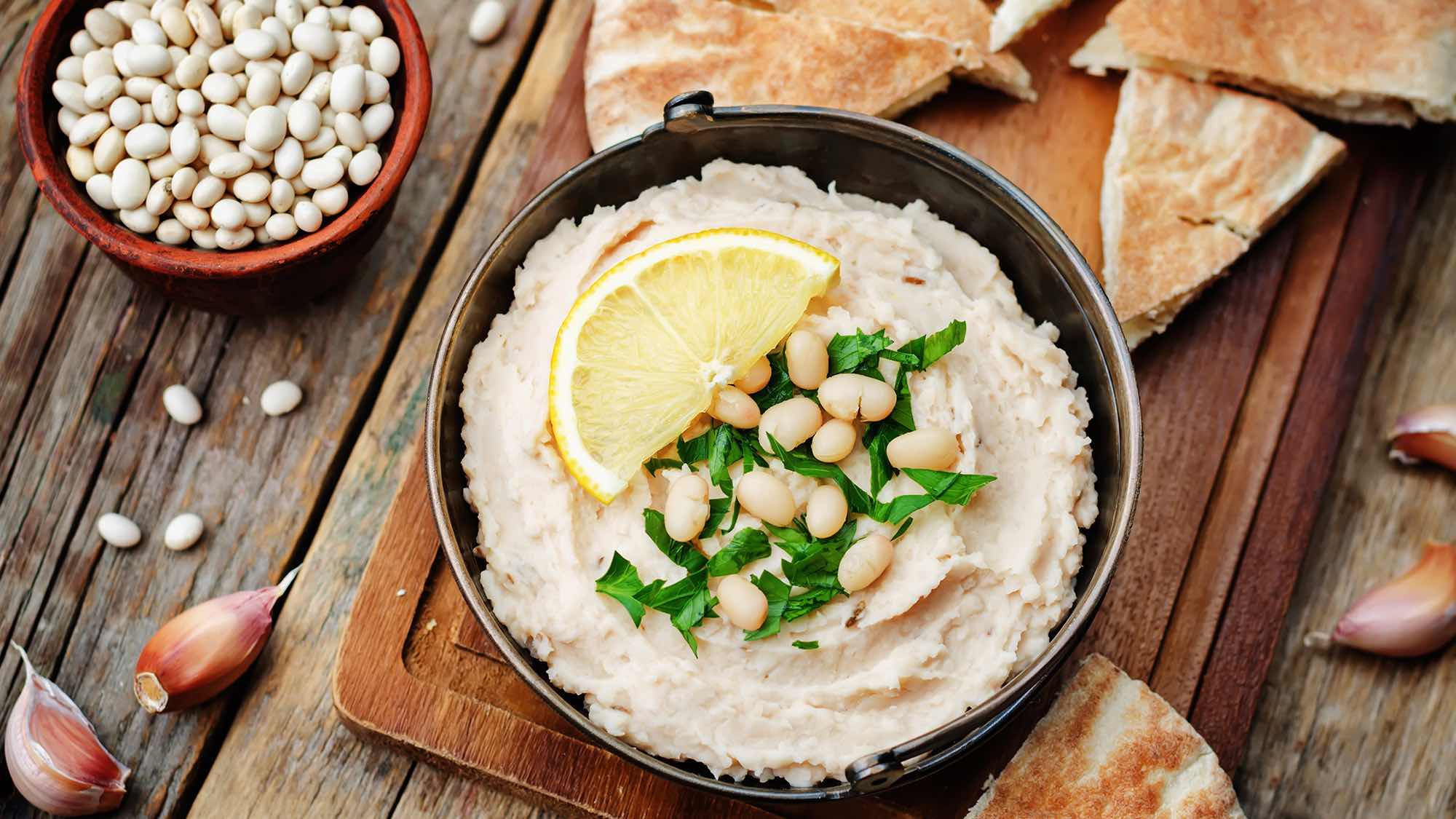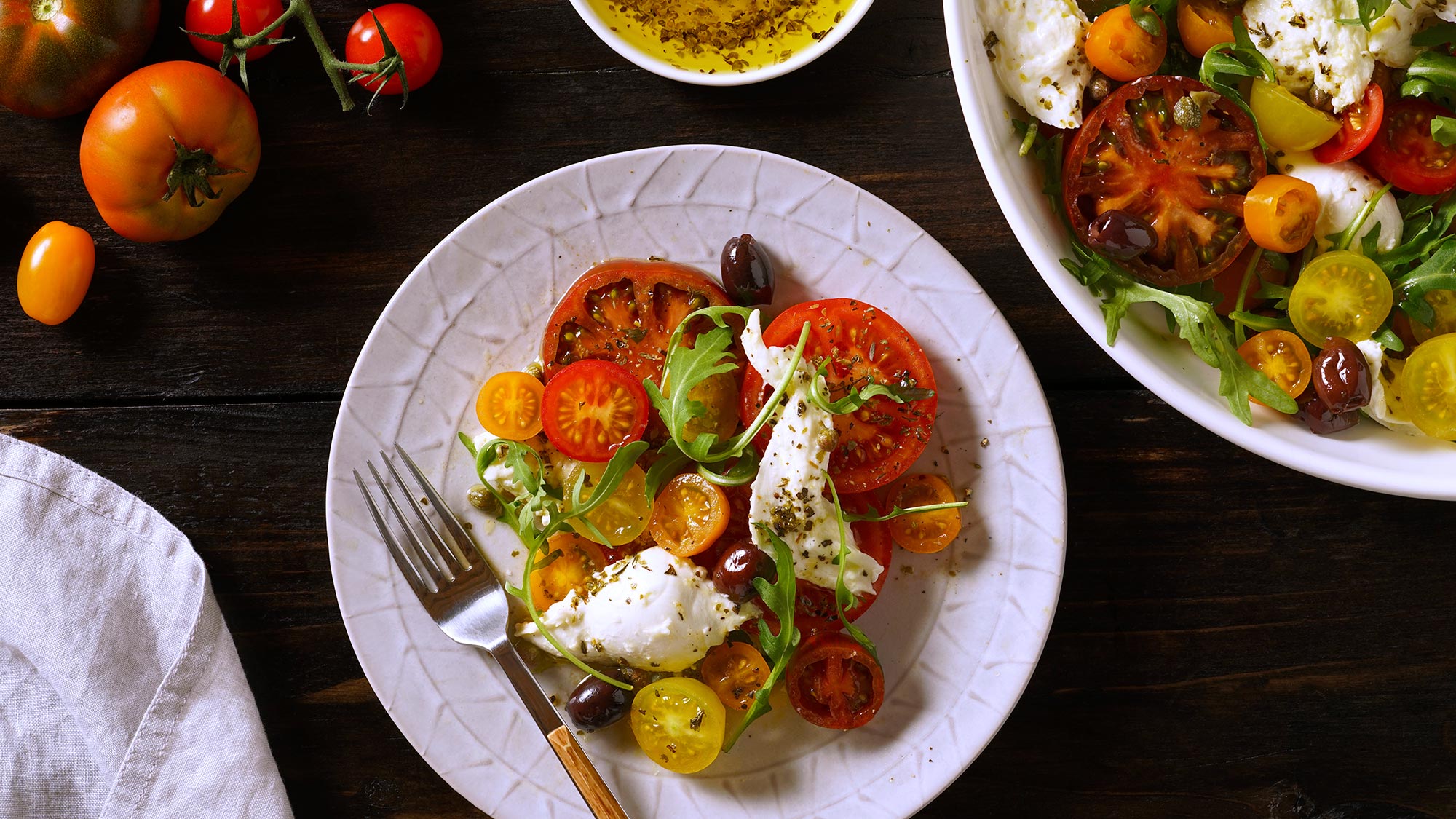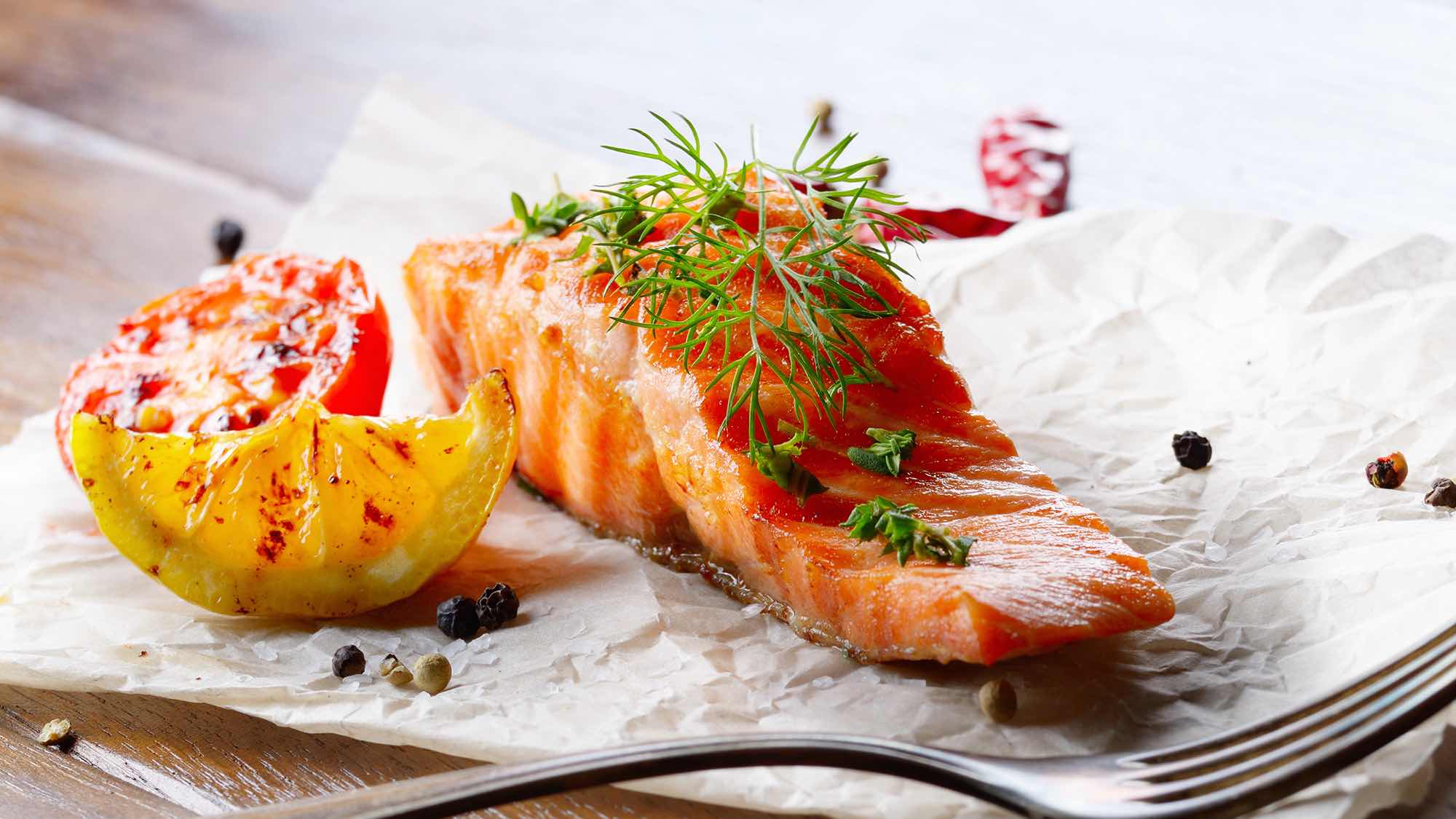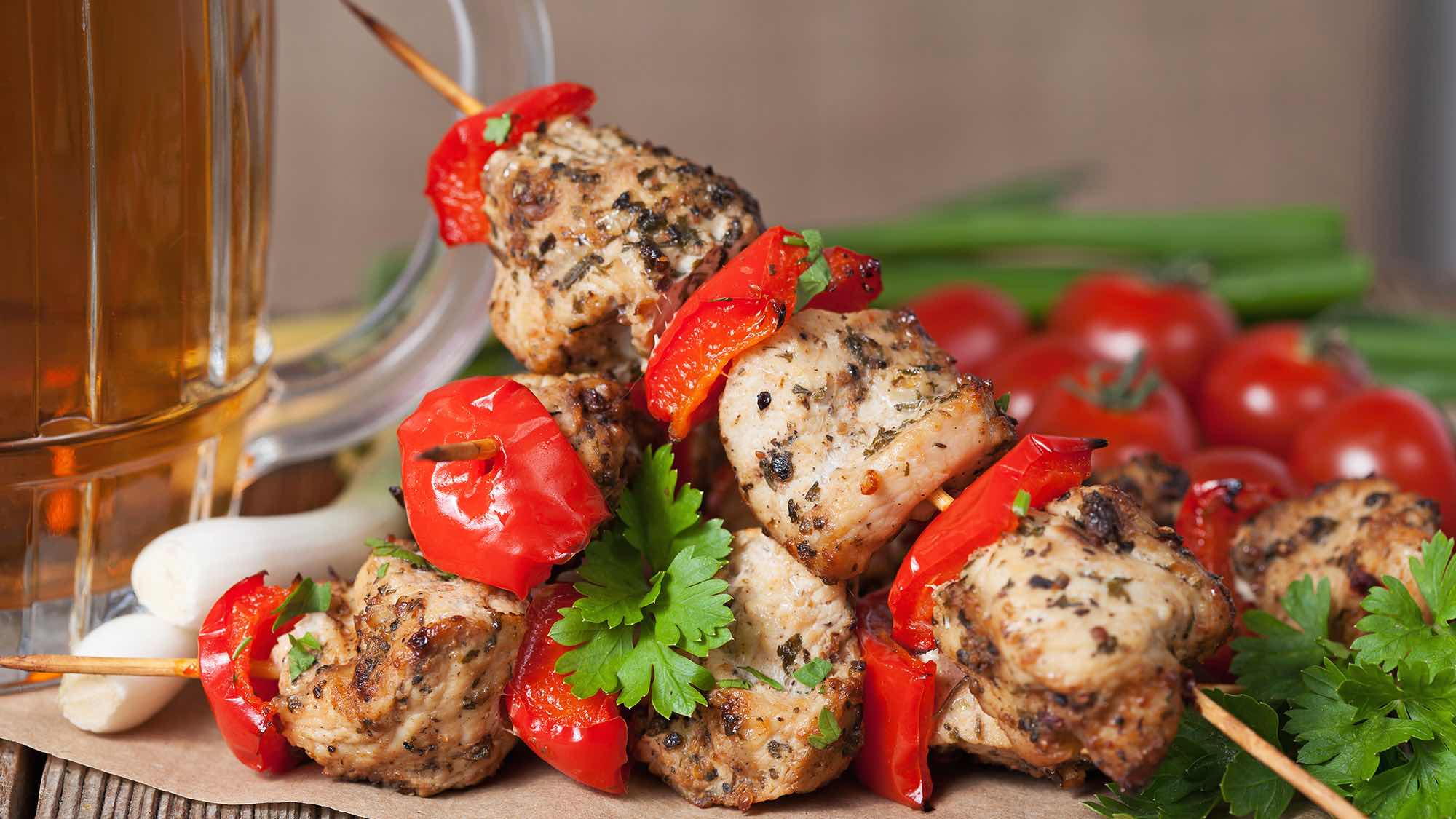Product
Similar Stories
Oregano
Schwartz Oregano is carefully picked and gently dried by expert Mediterranean growers to maintain its fresh and vibrant taste from harvest to bottle. The secret to preserving the herb’s intense flavour is to ensure that the essential oils are protected throughout the process, allowing all of the aroma to be released straight into your cooking. Oregano's versatility has made it a popular herb all over the world - and it works brilliantly with a wide range of foods. There are six types of this member of the mint family, as well as multiple cultivars beyond those, and they all thrive especially well in warmer climates. The key component is carvacrol, part of the essential oil responsible for the herb's subtly menthol taste.
Flavour profile
Known for its aromatic earthiness, oregano is widely recognised by its signature sweet smell as the heart of Italian cuisine. The precious essential oils give a robust, peppery and floral aroma but they are very delicate so when cooking, be sure not to add oregano until the very end to ensure maximum impact – put in sooner and they could burn, resulting in a loss of intensity. To preserve more essential oils in our oregano, we only source from Mediterranean growers and then carefully pick and gently dry each crop on the same day to ensure our oregano keeps more of that unmistakeable flavour and a fresher, greener colour.
How To Use Oregano
Most commonly found in Mediterranean cooking, oregano is the natural companion for pizza and pasta. For a tasty herb sauce that goes great with chicken or pork, add to cream, white wine, stock and chopped onion. Sprinkle olive oil, lemon juice, salt and oregano over chicken or lamb before roasting for a delicious dish packed full of flavour. Enliven roasted vegetables with a pinch or two, or add to garlic for a match made in heaven.
Oregano comes into its own in Mexican dishes too, as its cooling taste can temper even the fieriest of dishes. A key ingredient in chilli, it's also great in tacos, or sprinkled over chorizo and packed into burritos. It works especially well paired with warming spices such as cinnamon and cumin. A great tip is to rehydrate dried oregano with a little water or oil before using - this simple trick will enliven the herb, ensuring maximum flavour.
The History of Oregano
Although widely associated with Italian cuisine, the word 'oregano' is actually derived from Ancient Greek, making it more likely it was discovered there than across the Ionian Sea. Legend has it that the herb was created by Aphrodite, the Greek goddess of love, and it became so revered that newlyweds were crowned with oregano wreaths to bless them with happiness.
Having previously been valued for its healing properties, the Roman conquest of Greece brought it into the kitchen, and it was soon a fixture in meat and fish dishes – and even wine.
Although it remained popular throughout Europe over the centuries, oregano was relatively unheard of in America until after WWII, when soldiers working abroad introduced it back home. Today, oregano is most widely used as a delicious pizza seasoning.
Did you know?
-The word oregano comes from the Greek words 'oros' (mountain) and 'ganos' (joy), which loosely translates to 'joy of the mountain'
-The ancient Greeks often allowed cows to graze in oregano fields, believing it would result in tastier meat
-An oregano shrub can grow up to 80cm tall (31.5 in)

Nutrition
Energy per 100g: 271 KCal
Protein per 100g: 12.7 g
Carbohydrates per 100g: 42.5 g
Fat per 100g: 7 g




